





 |
 |
 |
 |
 |
 |
| grahamcheckley | profile | all galleries >> Scottish Wildlife - Arthur's Seat (Holyrood Park) >> Arthur's Seat - Research >> Arthur's Seat - Butterflies | tree view | thumbnails | slideshow |
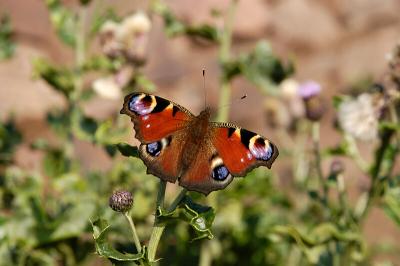 Peacock Butterfly |
 Burnet Moths |
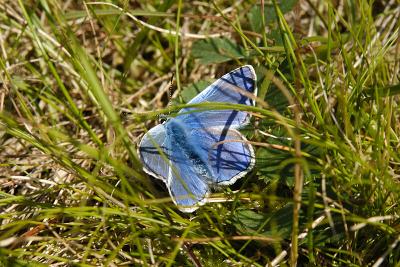 Common Blue |
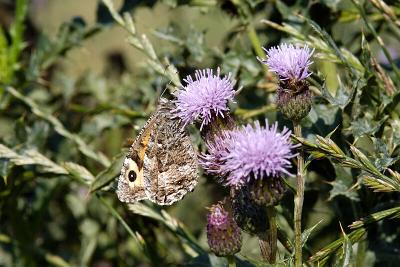 Grayling |
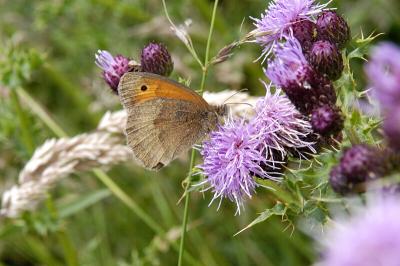 Meadow Brown |
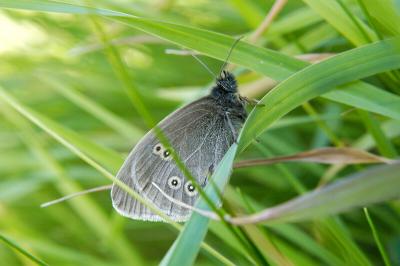 Ringlet |
 Small Copper |
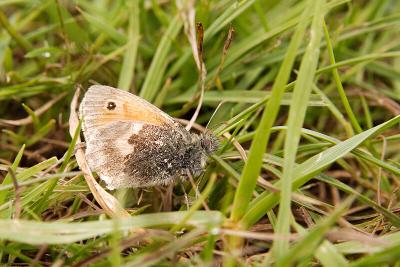 Small Heath |
 Small Tortoiseshell |
 Red Admiral |
| Alan | 18-May-2006 19:50 | |